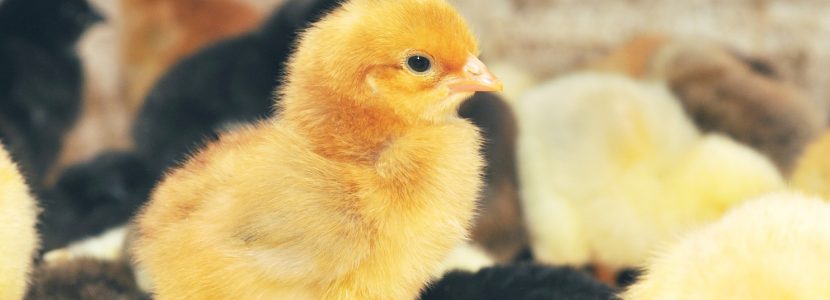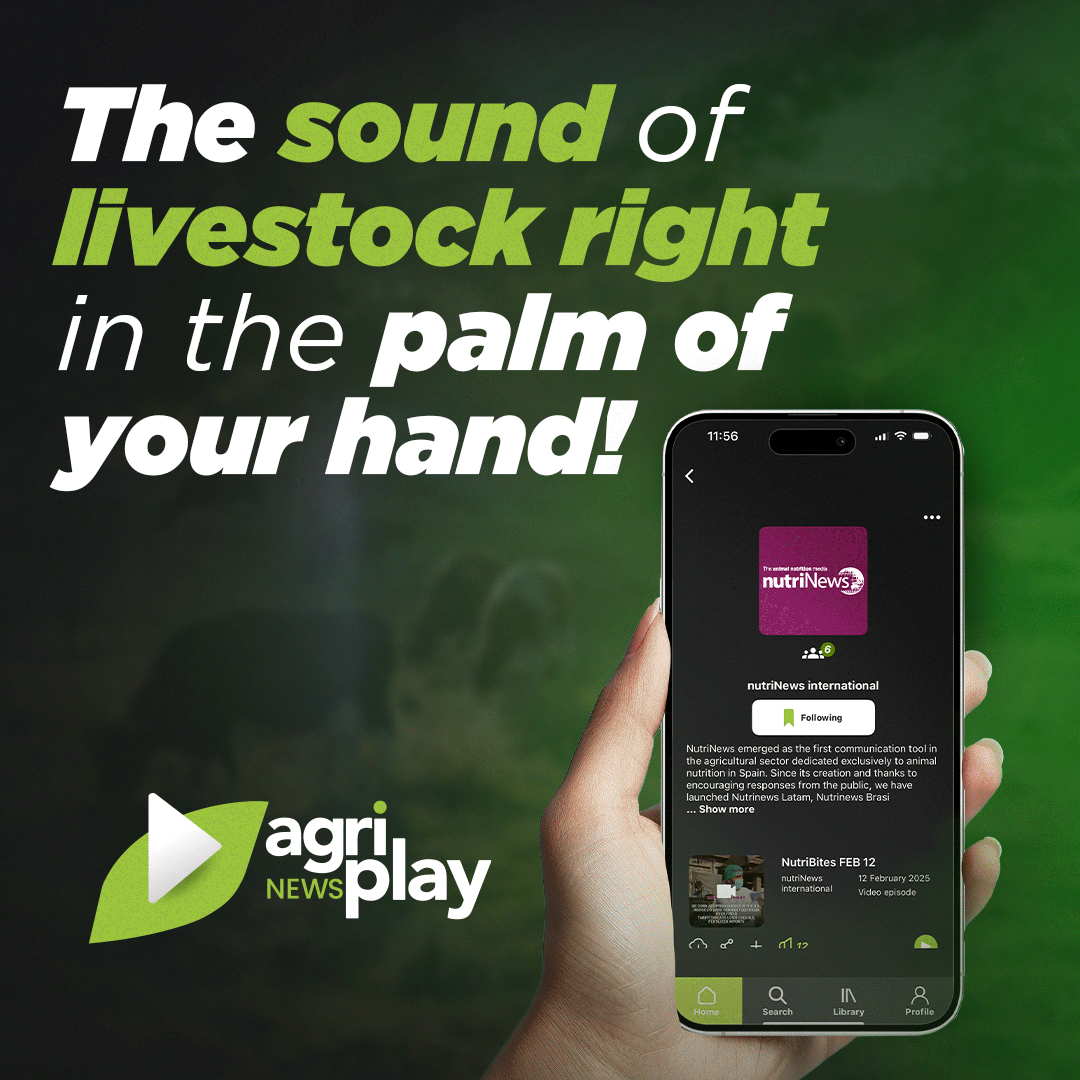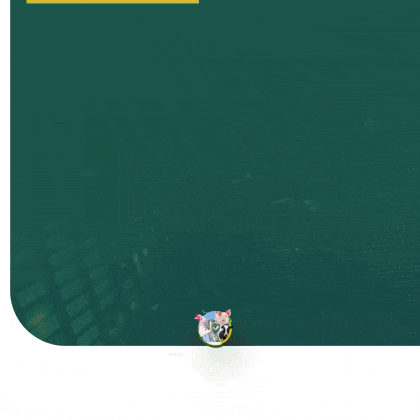Animal protein represents a high quality ingredient. However it cannot be used freely in all production systems as there are certain restrictions. In poultry nutrition, meat and bone meal (animal protein), blood products (animal protein) and protein derived from insects can be used. This option makes it possible to formulate diets with these raw materials if their price is favorable when compared to proteins of vegetable origin,.
On August 2021, Commission Regulation (EU) 2021/1372 repealing the ban on feeding non-ruminant farmed animals with animal-derived protein was published in the Official Journal of the European Union.
This authorisation does not allow the use of animal proteins of ruminant origin and does not allow protein recycling within the same species.
↳ This implies that in poultry nutrition, meat and bone meal(animal protein), blood products (animal protein) and insect-derived protein may be used.
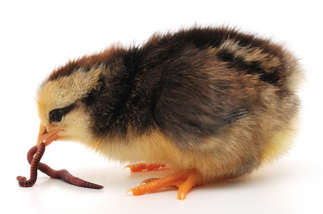
This alternative makes it possible to formulate feed with these raw materials including animal protein if their price is favorable when compared to other protein sources.
This article intends to make a short review of these protein concentrates and their characteristics which are the following:
- Very digestible
- Rich in amino acids and phosphorus
- High in vitamins
A summary of the nutritional characteristics of some of these raw materials is presented in Table 1, along with the most commonly used protein concentrates:
Table 1. Nutritional characteristics of raw materials including animal protein sources, insect protein and other commonly used protein concentrates
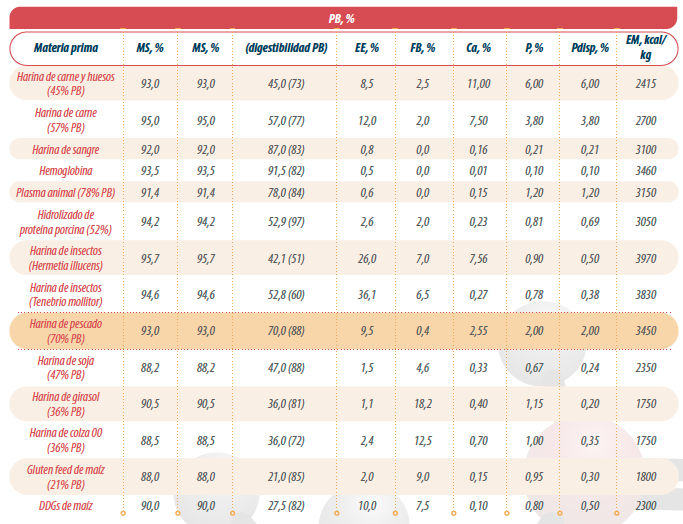
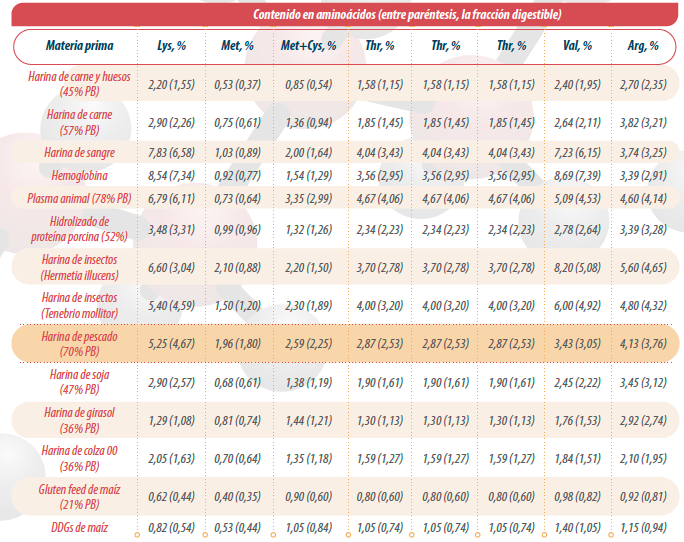
**Ungreased flours: DM: Dry matter; CP: Crude protein; EE: ethereal extract (crude fat); CF: Crude fiber; Ca: calcium; P: phosphorus; Lys: lysine; Met: methionine; Cys: cysteine; Thr: threonine; Trp, tryptophan; Ile: isoleucine; Val: valine; Arg: arginine. Sources: Makkar et al., 2014; De Marco et al., 2015; Feedstuffs, 2016; Khan, 2018; FEDNA, 2019; Dourado et al.,2020
Meat and bone meal
Meat meals constitute a set of products that due to their origin and composition, can have different nutritional characteristics.
Variable proportions of slaughterhouse by-products are used in its manufacture, including:
- Meat trimmings
- entrails
- Inedible organs
![]()
Hair, hooves or digestive contents are not used in the production of meat meal
↳ When bones are included in meat meal, it is considered as meat and bone meal.
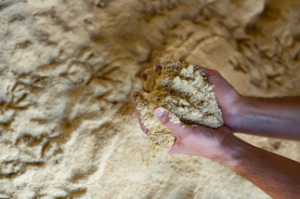
To ensure sanitization during manufacturing, the product must be processed using an appropriate combination of heat and pressure. Also, to avoid rancidity, the extraction of the fat must be carried out. This extraction can be done through chemical (use of solvents) or physical (pressure) procedures, and results in products which are more or less rich in crude fat (variable between 7 and 15% of ethereal extract).
These high levels of fat must be taken into account and antioxidants must be incorporated into the raw material to avoid excessive rancidity.
Likewise, for a correct conservation during storage of the raw material or the feed manufactured with it. Tt is necessary that the incorporation of sanitizers is done with products that posess and antimicrobial effect, in order to avoid the growth of potentially pathogenic bacteria.
Protein content
Meat and bone meal are a good source of protein which generally have an adequate bioavailability, and can be used at any time during production. With good yields in terms of average weight gain and conversion rate in broilers. This is due to the fact that it not only covers most of the amino acids’ requirements, but can also help reduce enteric problems.
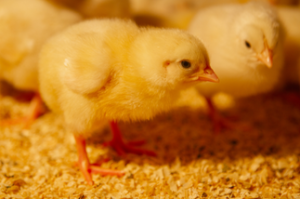
↳This is especially interesting in the early stages of chick growth, when their protein requirements are high.
![]()
Often, these needs are met with the inclusion of large quantities of soybean meal. This raw material contains non-starchy polysaccharides that are not well digested in young chicks and can cause enteric problems as mentioned before.
In general, good quality meat meal contains a minimum of 50% crude protein, reaching a content of 57% in the best case scenario. However, lower quality meat and bone meals are available containing about 45% crude protein.
Minerals
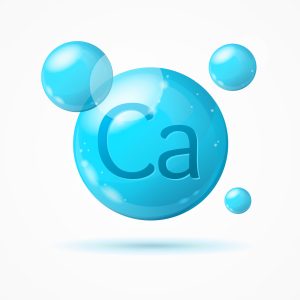
| The more bones in meat meal, the higher the content of ashes (inorganic matter), composed largely of calcium and phosphorus. |
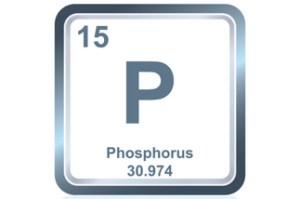
→The case of phosphorus is especially relevant, since its levels are considerably high. Although this phosphorus is especially digestible and therefore available, an excess in the formula can produce excessive fecal excretion resulting in potential environmental problems.
As mentioned, the differences in product quality are remarkable. Despite this, it would not be a problem if there were no variability between the different batches produced even for the same product manufactured by the same supplier.
Fats
With regard to fat, both the amount and composition of this nutrient are very variable. As it depends on the food received by the animals from which these flours have been obtained.
In general, it can be said that, as the authorized flours must come from pork by-products, the composition of the fat will have a high content of oleic and palmitic acids (around 45 and 25% respectively). Which are mainly found in the meat of these animals.
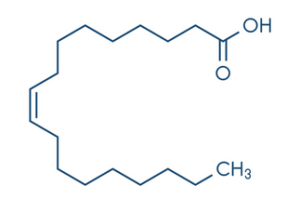

Also, and although it depends on the diet of pigs, linoleic acid content (about 10%) can be interesting for both laying hens and broilers.
| In poultry diets, meat and bone meal is usually included in a proportion of up to 5%, although studies have been conducted in which good results have been obtained when up to 10% is incorporated. |
Regarding palatability, at the proposed levels, this product should not present problems if its conservation has been correct. This at least is true for broilers which are less sensitive detecting strange tastes and odors in feed compared to laying hens.
Blood products
Blood products (blood meal, plasma and haemoglobin) are slaughterhouse by-products obtained from pig blood.
In authorized plants, the blood is collected aseptically, an anticoagulant is added (oxalate, sodium citrate, …), and stored at refrigeration temperatures for further processing.
![]()
As blood is a very perishable product it must be processed as soon as possible after slaughter.
Blood meal
If the final product is blood meal, a desiccation and sterilization of the blood maintaining all of its components is carried out (plasma, cell fraction and fibrillar fraction).
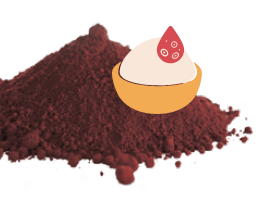
❌ The process used in desiccation (traditional cooking, spray, …) can affect the palatability, digestibility of the product. As well as the amino acid content such as Lysine which decreases when heat is increased in the desiccation process.
✅ If the processing is done through proper methods, blood meal is a palatable ingredient and very rich in high-quality proteins.
As for nutritional value, blood meal contains a large amount of high-quality protein (85-90% DM) and small amounts of fat (less than 1% of DM) and ashes (less than 5% of DM). Although non-industrial blood meals can include other elements and therefore be richer in ashes.

Unlike other animal protein sources, blood meal has a poor amino acid balance, being:
- Rich en Lys, Val, Leu, Thr y Trp
- Deficit in Arg, Met and II
A diferencia de otras fuentes de proteínas animales, la harina de sangre tiene un equilibrio de aminoácidos deficiente, siendo:
- Rich in Lys, Val, Leu, Thr y Trp
- Poor in Arg, Met e II
Being its Lys content relatively high (7-10% over MS), it is an excellent supplementary protein to use with raw materials of vegetable origin, which are generally low in Lys. Making it possible to replace other protein sources of animal origin such as fishmeal in starter feed.
Another very interesting aspect is the high content of digestible Trp, which is valuable since it is the third limiting amino acid in broilers.
Blood meal is rich in iron, although the levels of other mineral elements and vitamins are low.
| The maximum inclusion in diets should not exceed 2% or 3% in both broilers, laying and breeding hens. |
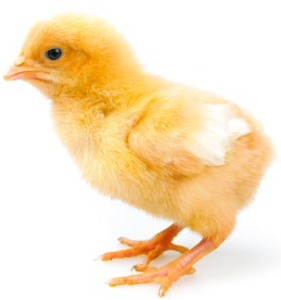 Some authors have pointed out that it can be incorporated in growing birds up to 3% , without any adverse effect on productive parameters in starting and completion growth stages.
Some authors have pointed out that it can be incorporated in growing birds up to 3% , without any adverse effect on productive parameters in starting and completion growth stages.
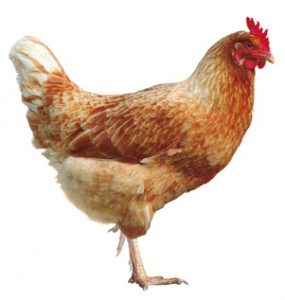 In laying hens it has a positive effect on feed intake, body weight gain and egg weight, without affecting egg production and conversion rate. It also improves the iron content in the yolk
In laying hens it has a positive effect on feed intake, body weight gain and egg weight, without affecting egg production and conversion rate. It also improves the iron content in the yolk
Plasma
If the final product is plasma, the blood undergoes filtration and centrifugation to separate the plasma from other components and then it is dried.
![]()
The filtration method (evaporation, ultrafiltration, etc.) will affect the protein and ash content of the resulting product.
Plasma is a product of hygroscopic nature with emulsifying properties.
- It contains lipoproteins, non-esterified fatty acids, sugars, soluble proteins, mineral salts, etc.
- Its proteins are very digestible and of high biological value (95% are albumins and globulins), which makes it a protein source of superior quality compared to blood meal and hemoglobin (consisting mainly of intracellular proteins).
- It has a high content of Lys and Thr although it is deficient in Met and IIe.
- There is great variability in the product depending on the raw material of origin and its processing (between 70 and 80% of crude protein).
- It has good palatability, and it has been observed that the biological value of its proteins decreases with excessive heat treatment.(>65ºC).
In several studies it has been seen that the inclusion of plasma PDS (plasma proteins dried by spray) in the diet of broilers, has modulating effects of the immune system at a local and systemic level. This reduces the negative effects caused by the alteration of intestinal functions (permeability of the wall, absorption of nutrients, …) and improves intestinal health.
Beneficial effects on the productive yields of broilers (growth, feed efficiency and survival) are observed.
↳ Its use in early diets seems to have a positive effect on digestive development, observing a direct effect on growth and health parameters and in reducing mortality.
Hemoglobin
Finally, hemoglobin is a blood by-product resulting from the centrifugation of whole blood after separating plasma. For it to be used in animal feed, it must undergo a dehydration process (for example, spray drying in a short period of time at moderate temperature).
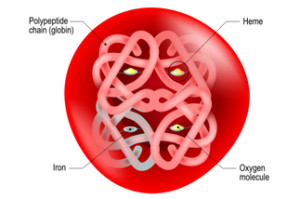
- Hemoglobin is very rich in proteins (>90%) of high biological value, with high water absorption capacity.
- It is especially rich in Lys and Val and also in easily absorbable iron, but has low levels of sulfur amino acids and IIe.
- It also contains low levels of phosphorus.
As in the case of blood meal and plasma, the way in which it is processed influences its quality.
There is not much research on the effects of hemoglobin inclusion in the diets of chickens and hens and what has been published seems to be inconclusive. Showing contradictory results in terms of measuirng growth and quality of the egg parameters. Blood products are products of a hygroscopic nature, so they must be dried to less than 10-12% humidity and stored in a dry place to avoid deterioration.
![]() Overcooked blood meals are darker due to the destruction of hemoglobin, and much less palatable. Often, an adaptation period is required for animals to get used to eating blood meal. As in the case of meat meal, it is necessary to apply sanitizing treatments.
Overcooked blood meals are darker due to the destruction of hemoglobin, and much less palatable. Often, an adaptation period is required for animals to get used to eating blood meal. As in the case of meat meal, it is necessary to apply sanitizing treatments.
Insect meal
Insects are part of the natural diet of poultry and those that live in environments that allow them to dig consume a wide variety of these invertebrates (grasshoppers, crickets, termites, beetles, flies, bees, …). Including both their adult and juvenile forms (larvae, pupae, chrysalises, …).
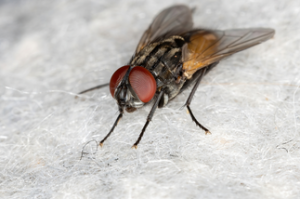 Due to the structure of insects in their adult phase, with an exoskeleton composed mainly of chitin (a hardly digestible polysaccharide), the collection of insects to make the flours is done when they are still in their larval or pupal phase.
Due to the structure of insects in their adult phase, with an exoskeleton composed mainly of chitin (a hardly digestible polysaccharide), the collection of insects to make the flours is done when they are still in their larval or pupal phase.
↳ In these phases, insects are rich in protein (40-75% of their composition) and fats. While chitin content is still low enough.
There is a wide variety of insect meal. Its composition depends on the species with which it is made, the time of collection and the substrate used for their growth.
Thus, although the insect meal market is still in an incipient phase, larval meals of the following species are already available:
- Black soldier fly (Hermetia illucens)
- Flour worm (Tenebrio molitor)
- Domestic cricket (Acheta domesticus)
- Silkworm pupae(Bombix mori)
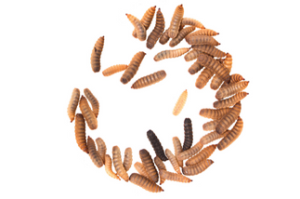
✔Of all these, the two most studied and that seem to have a greater productive interest are the larvae of H. illucens and T. molitor.
- Although the digestibility of insect proteins is lower than that of meat or blood meal, as sources of amino acids they provide a high proportion of Lys and Met as well as other essential amino acids. In this sense, the different species used for flour manufacturing are quite similar.
- Crude fiber content is also similar between species, ranging from 6-7%. This crude fiber content is due to chitin.
- In general, insects are rich in fat, with contents that can exceed 30% of the animal’s body composition.
↳Therefore, a previous extraction of fat (by physical or chemical means) is necessary to improve the flour’s conservation. However, even after the extraction of fat, the ethereal extract content of this flour can be considerable. At this point notable differences in fat composition of different species have been observed.
↳ Thus, Hermetia fat is especially rich in saturated fatty acids (especially lauric acid), while Tenebrio fat is rich in oleic and linoleic acid, which makes it more fluid and with a greater tendency to rancidity. It is also noteworthy that Hermetia flour is especially rich in calcium (above 7%).
![]()
✅ In experimental studies carried out in broilers, it has been observed that insect meal inclusion of up to 10% replacing other protein concentrates improves chicken growth mainly in the early stages of bird development. This improvement may be due, in part, to the palatability of the product.
❌ However, in later stages of growth, the advantage of using these flours over other protein concentrates does not seem so clear. This is probably due to the fact that chitin hinders protein digestibility.
✅ However, chitin content can improve intestinal health, as it behaves like a prebiotic.
✅ In addition, it should be noted that the presence of large concentrations of lauric acid found in Hermetia, can have a positive effect on intertinial health. As it has antimicrobial effects, especially against gram-positive bacteria. These effects are mainly seen when the health status of the animals is not optimal.
| Thus, the nutritional interest of insect meal for poultry is unquestionable. However, to reach an extended use of these flours it is necessary to carry out more studies with different levels of inclusion, different degrees of degreasing, and with the use of the appropriate antioxidants. As well as standardizing the products to have an adequate offer and at a competitive price.
Insect meal may never become competitive in intensive poultry farming, but it could be competitive in alternative poultry farming where productivity parameters are assessed differently. |
